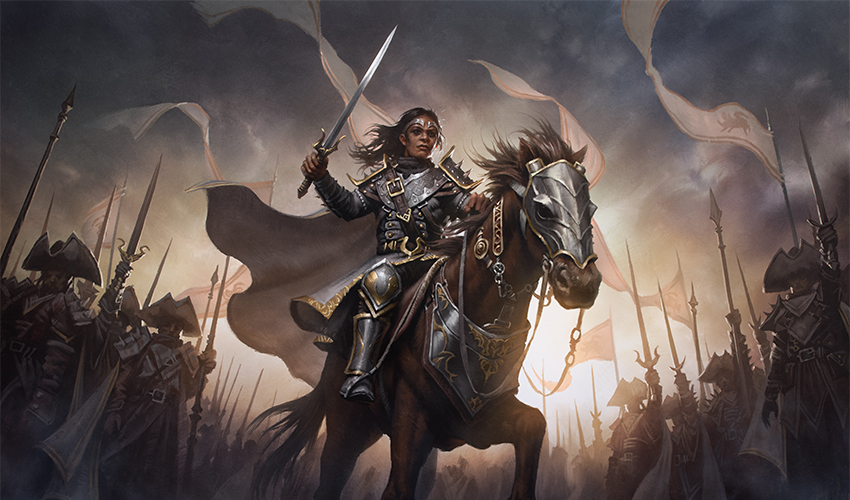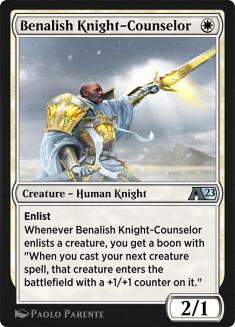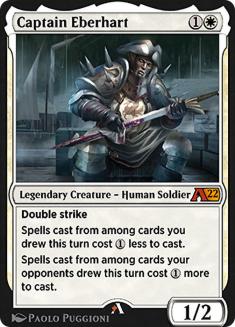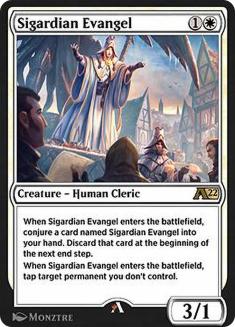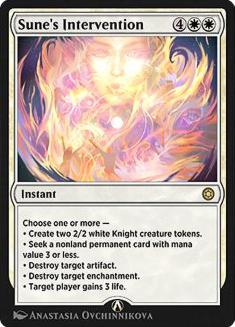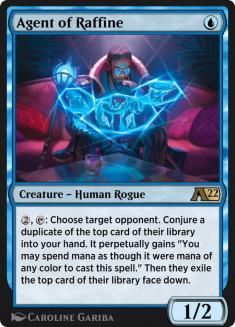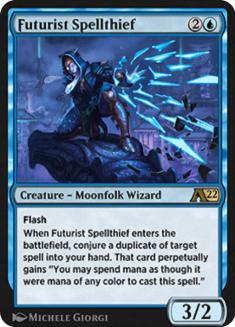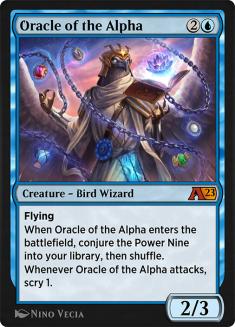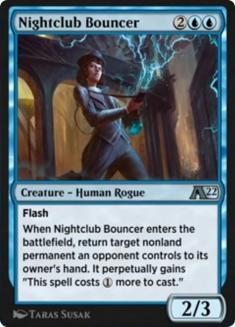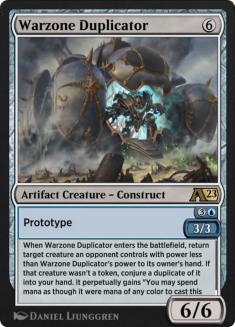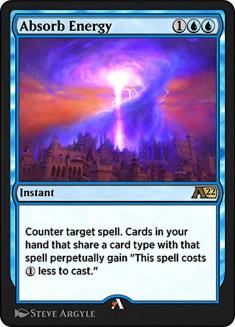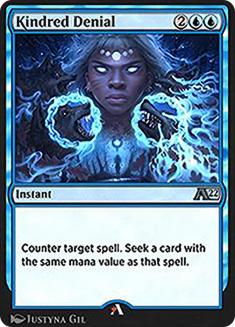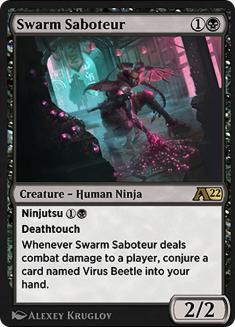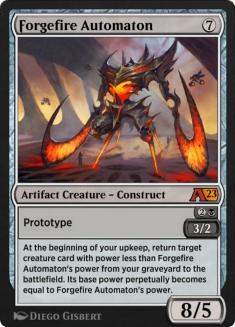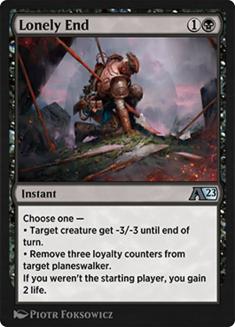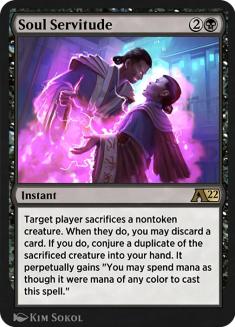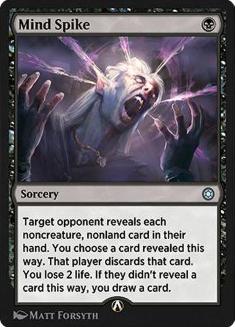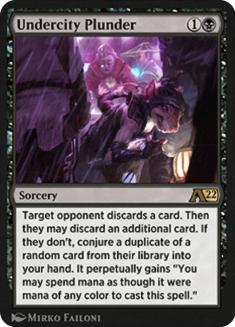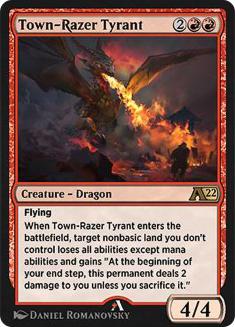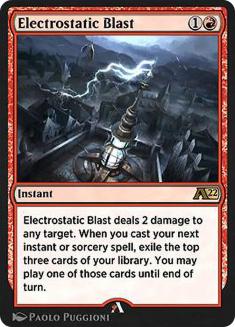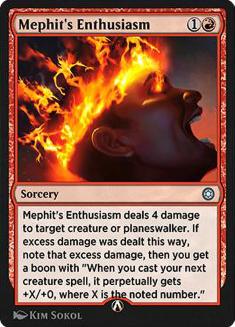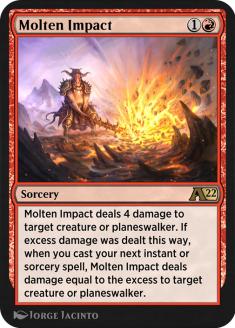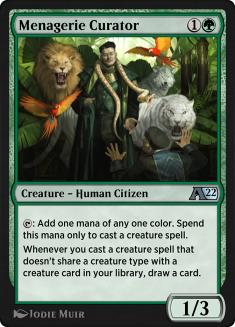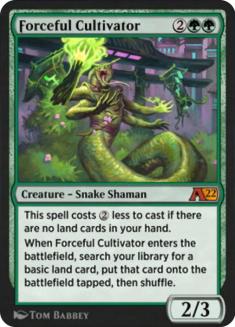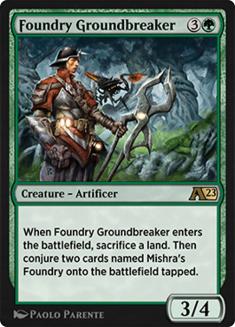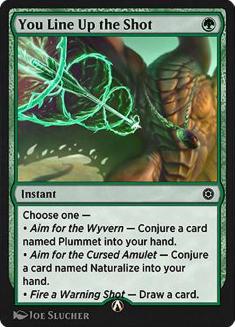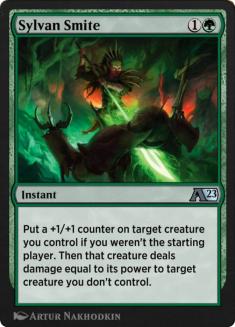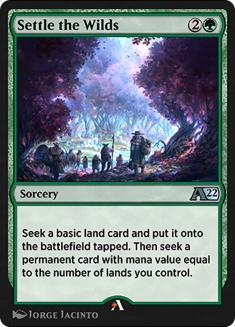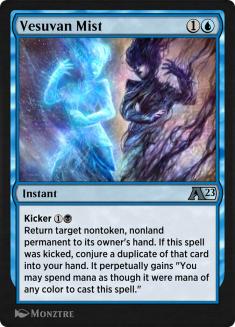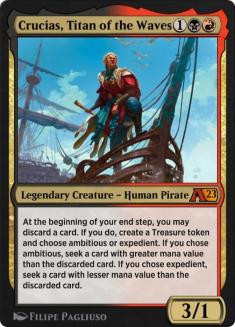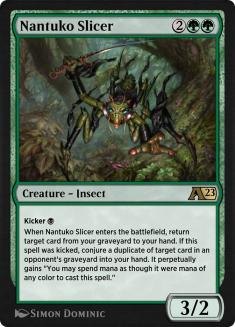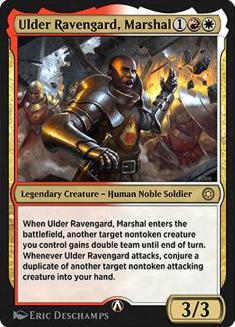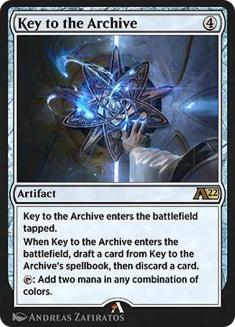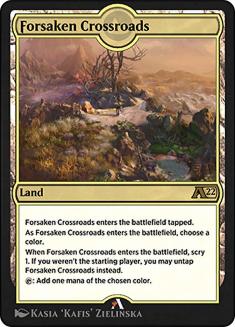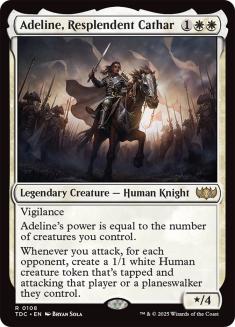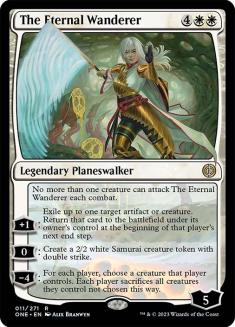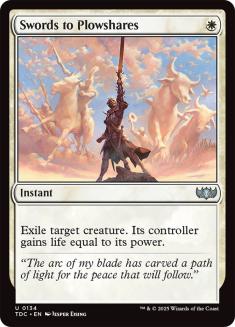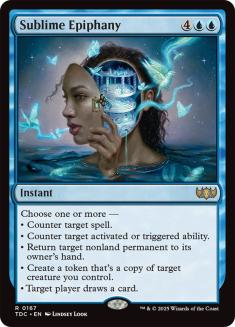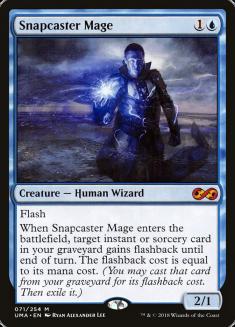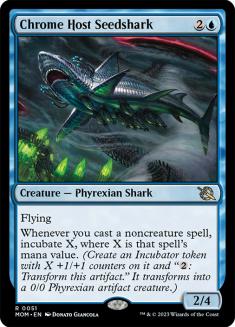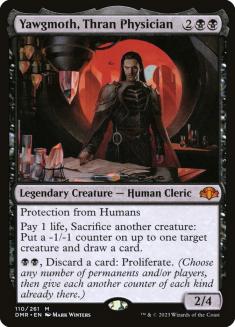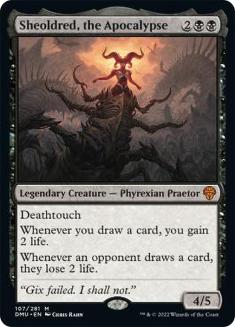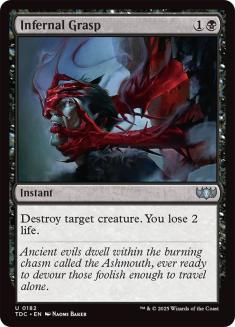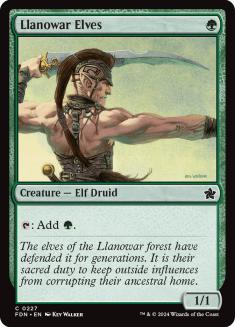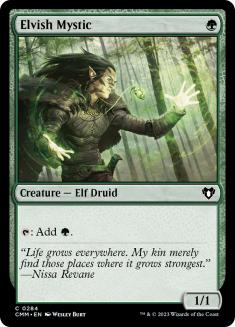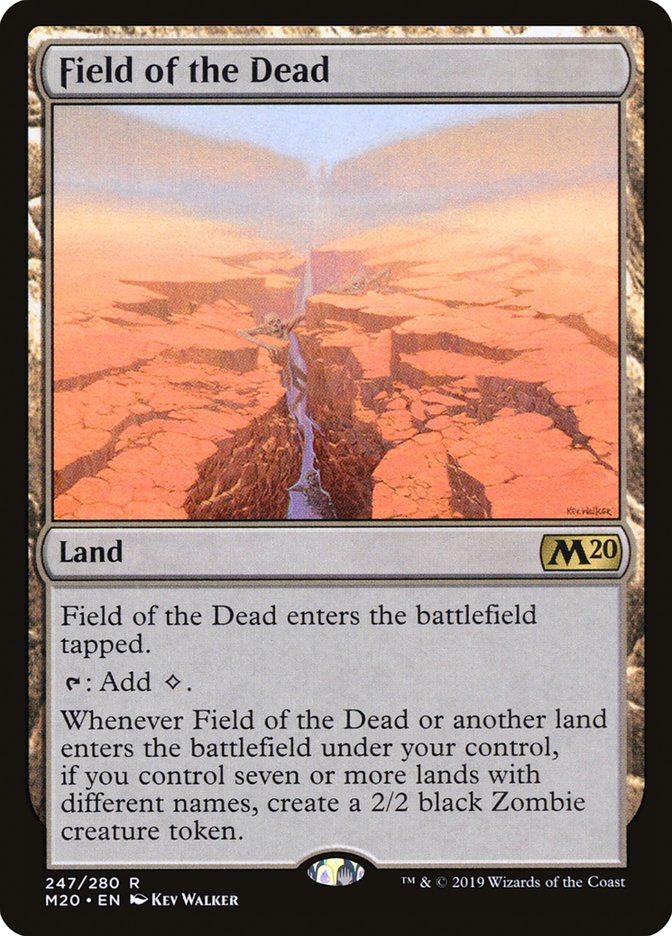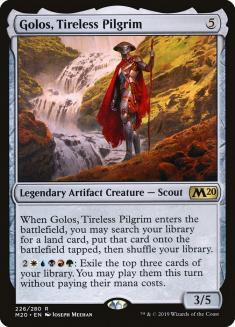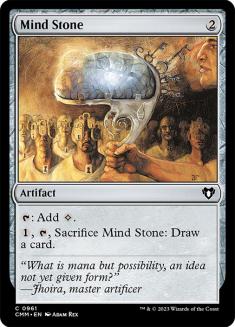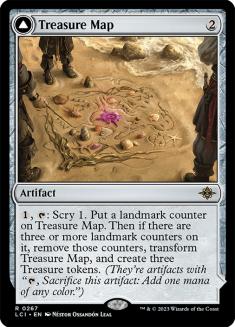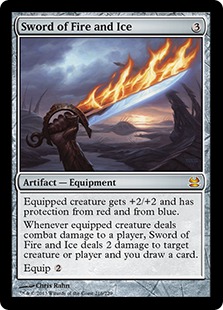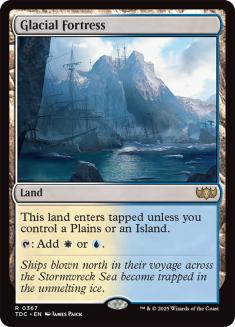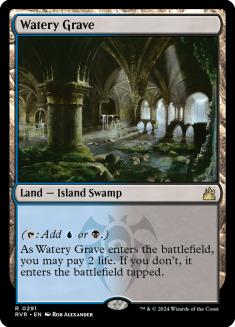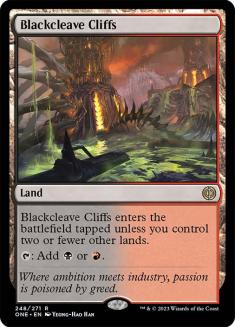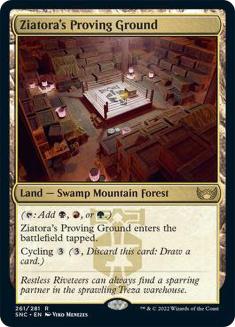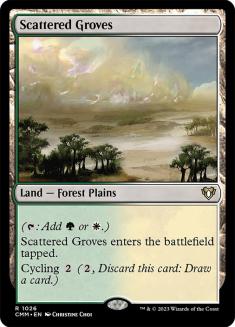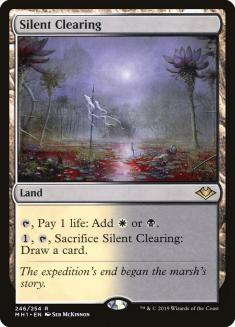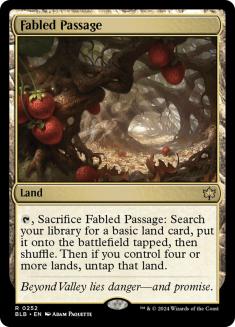Gamers, it is an incredible time to be a digital Cube enthusiast. We’re still in the first week of a three-week run of the Magic Online Vintage Cube run, and the Arena Cube is live today! What’s more, there’s an Arena Cube Open this weekend!
That means that we have five days to get in fighting shape if we want to bring home some of that Cube Open money. If you’re completely unfamiliar with the Arena Cube, then the first thing to know is to heed David McDarby’s words and know that this Cube is more about individual card power level and thoughtful mana curves than cool synergies. For a little more familiarity, you can check out the Cube list on Cube Cobra. For my insights on approaching drafting the Cube, keep reading!
Digital Divide
But first, I’ll take this opportunity (as I always do with the Arena Cubes) to wrangle up the digital-only cards so those of us who don’t play the digital-only formats have a better idea what we’re working with.
I love that we’re not dealing with any nerfed or buffed actual cards here, and while this is a somewhat heavy saturation of digital-only designs, these cards are mostly low in complexity. It shouldn’t take too much for those new to Arena to get up to speed on this list. That out of the way, let’s take a look at the Cube by color and how I’d go about drafting it!
White
There are Cubes where I’m happy to draft an early white aggressive card and try to get there on volume, but Arena Cube is not such an environment. White is a middle-of-the-road color in Arena Cube, and as such, I’m only moving in on the most individually powerful white cards. If I want to skew aggressive, this could be a card like Adeline, Resplendent Cathar, and for controlling decks, I’m happy to take The Eternal Wanderer. In either case, Swords to Plowshares is a welcome addition to most any Arena Cube deck.
I’m colder on Thalia, Guardian of Thraben than most in just about every Cube, but it’s worth pointing out that it’s not among those powerful draws to white that I’d consider picking earlier. Captain Eberhart provides comparable disruption while also advancing your own gameplan, with the latter being very important in Cubes of this power level.
I prefer my white aggressive decks in Arena Cube to be mono-color, and my non-aggressive decks to generally be three or more colors. I consider white more of a support color for controlling and ramp decks, and the mana is a little shaky to try to play multiple colors in aggressive shells. In other words, I’d rather play Mutavault or Raugrin Triome than Clifftop Retreat.
I’ll also say for what feels like the thousandth time that Settle the Wreckage is a much lower-agency card than Wrath of God, and one that I expect the average player to pick too highly. You’ll definitely want to keep in mind the possibility of being Settled or playing into The Wandering Emperor while competitive in this Cube.
Blue
I’m not at all interested in drafting a mono-blue deck in Arena Cube or drafting a blue deck that’s at all aggressive, but the ceiling on blue is much higher than that of white. Sublime Epiphany remains my Pack 1, Pick 1 overall for the Cube, and Snapcaster Mage also ranks very highly. I actually like Chrome Host Seedshark quite a lot, given the speed of the Cube and the size of the creatures, though I’m cold on many of blue’s other creatures, like Pteramander.
The other thing to watch out for in blue is to not end up with too many three-mana counterspells. You’ll want early plays in your blue decks, which blue only offers so many viable options for. I’d rather be playing green ramp spells or removal in any other color than trying to jam stuff like Siren Stormtamer. The cheap blue cards I like mostly look like Consider and Counterspell.
Where I’m cold on Torrential Gearhulk in Vintage Cube, the card is exceptional here. Blocking is far more relevant, the games go longer, and flashing back Sublime Epiphany is about as broken as it gets in this Cube.
Black
Black is largely a support color for controlling decks with minimal meaningful aggressive support. That said, the bones for Sacrifice are solid and Yawgmoth, Thran Physician is among the most powerful cards in the Cube. Similar to white, I’m mostly moving in on black for the most individually powerful cards and am not trying to get there on volume with Gray Merchant of Asphodel. That said, the odd black removal spell is a lot more valuable than the odd white creature.
Black has some funky digital-only cards that I imagine read as more powerful than they are. Undercity Plunder and Soul Servitude both promise some wildly powerful ceiling, but keep in mind that you’ll be hitting the floor and paying too much for options that aren’t very meaningful far more often.
Mind Spike and Lonely End, on the other hand, are awesome. A Duress that serves as a redraw when there are no hits and a removal spell that can impact creatures or planeswalkers while offering meaningful lifegain on the draw against aggressive decks are both very powerful. Don’t sleep on these for your black control decks.
The new paper card to watch out for is Standard all-star Breach the Multiverse. It may read like a Commander card, but it’s just cheap enough to be priced to move and is an awesome tool to give you higher access to cards like Elesh Norn, Grand Cenobite and Atraxa, Grand Unifier. Keep in mind that Breach the Multiverse can recur cards that were already in the graveyard, and that you get something for both players. Breach the Multiverse is definitely among the most powerful cards in the Cube.
Red
Red is the color that I go to when I’m looking to build an aggressive deck on volume. Sadly, cards like Dragonmaster Outcast and Vindictive Flamestoker aren’t great in this role, so there aren’t as many meaningful one-drops as it would appear on paper, but these cards are passable, and aggressive decks in this Cube can bear five-drops a lot better than their Vintage Cube counterparts.
Red is a solid midrange and controlling color, with Fable of the Mirror-Breaker being among the more powerful cards in the Cube and Big Score allowing for some explosive plays, though with few exceptions I move in on red as my third, fourth, or fifth color for my non-aggressive decks. I’m much more keen on mono-red Hellrider decks than anything else that the color gets up to.
Red has a couple of innocuous-looking digital-only cards that are very strong in aggressive decks. Both Mephit’s Enthusiasm and Molten Impact offer answers to high-toughness creatures that can be difficult for red decks to manage while also giving you something extra for your effort if you use them on smaller creatures. Mephit’s Enthusiasm is particularly strong with hasty evasive creatures like Shivan Devastator.
Green
Green is quite strong in Arena Cube, though I never want to play a mono-green deck and I almost always want to pair green with blue and typically at least one additional color. Ramp is the name of the game, and I try to avoid giving green creatures that only attack and block a second look.
Field of the Dead and Golos, Tireless Pilgrim remain in the Cube and remain two of the most powerful cards to construct your deck around. Green gives you the best tools to use their cards to their fullest potential. Where I’m often cold on Primeval Titan, it’s very powerful in conjunction with these payoffs.
Thragtusk is an okay sideboard card, but green decks in this environment should be trying to do something far more powerful, like casting Nissa, Who Shakes the World and spells that go way over the top of your opponent.
Gold
Mana-fixing in Arena Cube is pretty abundant, and the important thing to remember when approaching gold cards is that aggressive decks want to generally be mono-color and controlling decks will often be three or more colors. As such, aggressive gold cards should be valued low and controlling gold cards aren’t all that different from mono-color cards, and can be considered on their power level just as much as their cutability.
I’d take this one step further and say that I’m very interested in first-picking cards like Kenrith, the Returned King and Atraxa, Grand Unifier. Getting to seven mana in this Cube isn’t terribly difficult, especially if you can scoop up powerful ramp cards like Growth Spiral and Uro, Titan of Nature’s Wrath, and resolving these big spells will be very difficult for most opponents to overcome. I’ll also note that I will often play eighteen lands in my non-aggressive decks in this Cube, especially if I’m lucky enough to get my hands on the Field of the Dead.
Colorless
The colorless column offers some powerful ramp cards as well as some nice tools for aggressive decks. I love having Mind Stone and Treasure Map in about any controlling deck in this Cube, and Sword of Fire and Ice and Sword of Forge and Frontier are great for amplifying the relevance of every threat in aggressive decks.
Worn Powerstone, a recent cut from the Vintage Cube, was actually great there and is great here, too. Jumping from three mana to six mana will allow you to make backbreaking plays, especially in a Cube where casting six-mana spells is just expected in the average game. When in doubt, mana advantage plus card advantage will allow you to bury the opponent somehow.
Lands
Mana-fixing cycles in Arena Cube include buddy lands, shocklands, fastlands, Triomes, and a split cycle between cycling allied duals and Horizon lands. Fabled Passage and Forsaken Crossroads are also available as five-color fixers.
The absence of fetchlands and original duals does make it a little harder to build a four- or five-color manabase, but they hurt the ability of an aggressive deck to have an untapped dual on Turn 1 far more. Further, Triomes are just so much better in decks that can utilize all of their colors that I don’t shy away from four- and five-color decks in this Cube much at all. I will often oscillate between the extremes of one- and five-color decks in this environment, with two-color decks either being the result of those colors and their respective lands being wide open or me failing to stick to one color when I’d really have preferred to.
The long and short of my advice for the Arena Cube Open is to draft a pedal-to-the-floor mono-color deck, preferably mono-red, or to go out of your way to play the best cards in as many colors as possible. These aggressive decks are too fast and the controlling decks are too powerful to have consistent success in the middle of the road. My strategy for the Open this weekend is to pick a lane and commit. As with any tournament, I also can’t recommend getting incredibly lucky strongly enough. Good luck, gamers!

